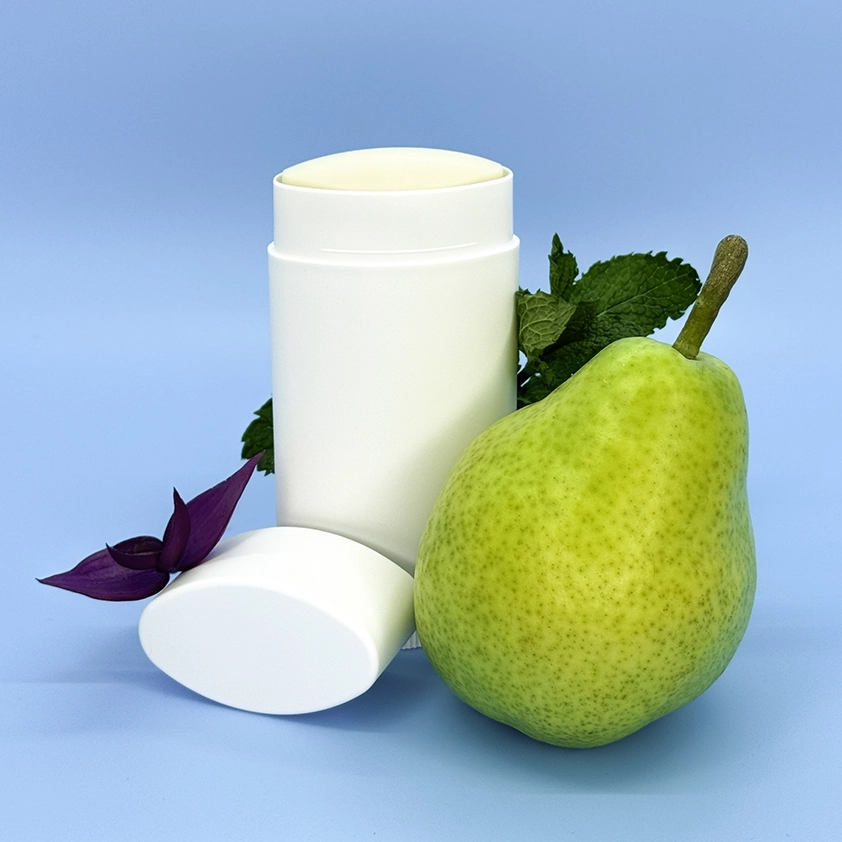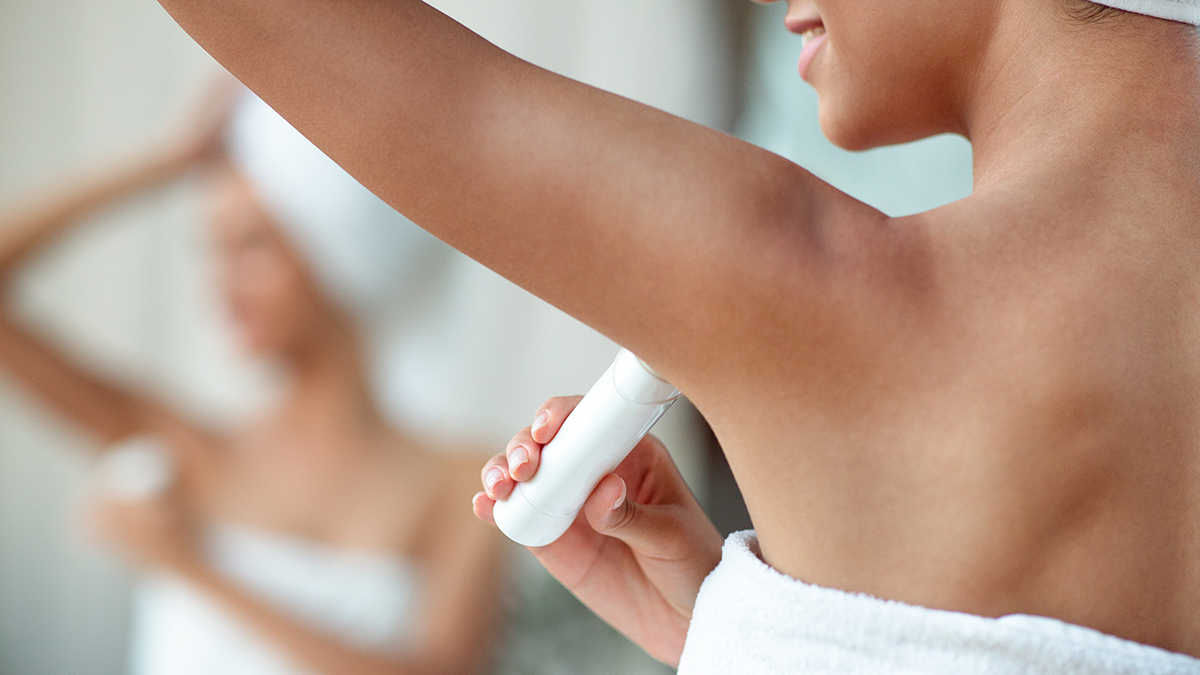Deodorants and antiperspirants have been part of modern hygiene for more than 100 years. While brands and ingredients have come and gone, the need for products that manage offending odors have been a significant part of personal hygiene habits.
At the end of the 19th century, American society began to place greater emphasis on cleanliness and personal hygiene as part of the public good. Germ theory was becoming mainstream, and public health campaigns emphasized regular bathing, clean clothing, and odor control. This created a cultural shift where body odor became socially unacceptable rather than merely a natural condition. Soon, products were being designed to manage odor and improve personal hygiene.
The Early Days: From Odor Control to Sweat Protection
In the early 20th century, underarm products were still mainly focused on covering up odor. That changed when aluminum salts were added to reduce sweat. These ingredients blocked sweat glands and helped stop odor before it started.
In the 1940s, aluminum chlorohydrate (ACH) became popular. It was less irritating to the skin than earlier versions. By the 1950s, new compounds like aluminum zirconium tetrachlorohydrex gly, or AZG, offered even better results. These ingredients helped more people stay dry and fresh all day.
From the 1960s through the 1980s, antiperspirants became more advanced. Companies introduced new formats beginning with roll-ons, then aerosols, and later, solid sticks. These products became part of daily life for millions of people.
The Fall: Health Concerns and Consumer Doubt
In 1999, the Journal of Clinical Epidemiology published a study that explored the link between aluminum in antiperspirants as a contributor to the development of Alzheimer’s disease, genetic damage, and breast cancer. The basis for this claim was a theory suggesting that antiperspirants featuring aluminum-based compounds could be absorbed by the skin and interfere with estrogen receptors in breast cells. Since estrogen can promote the growth of breast cancer cells, some scientists hypothesized a potential link between antiperspirant use and breast cancer development.
Ultimately, the study was deemed inconclusive due to methodological problems in the study. Over the next thirty years, scientific consensus has concluded that “no causal link has been proven” in epidemiological studies for breast cancer, and carcinogenicity is considered “unlikely at the levels of aluminum exposure achieved through the use of cosmetics.”
Studies show that only a small fraction of aluminum compounds are fully absorbed into the skin. The Scientific Committee on Consumer Safety considers aluminum compounds safe at specified concentrations.
The Return: Safer Formulas and Smarter Choices
Today, antiperspirants are gaining attention again. As more research shows they are safe to use, some consumers are returning to these products, especially when they want stronger protection against sweat and odor.
But the market has changed. Many people now want more than just odor control; they care about ingredients, skin sensitivity, and sustainability. While antiperspirants are still readily available on the market, there are a growing number of alternatives.
Consumers now have a myriad of choices of products and formats geared toward specific corners of the consumer market.
- Multifunctional deodorants and antiperspirants not only manage odor, but can include ingredients to moisturize and hydrate, or even brighten skin and address hyperpigmentation.
- Long-lasting, hypoallergenic, and natural products are also popular in the market.
- Whole-body deodorant products have become popular in recent years.
- A variety of formats and applications, including sprays, roll-ons, gels, creams, and solids, give consumers another dimension of choice.

At FP Labs, our team are underarm experts.
Each year we produce over 30 million deodorants, antiperspirants, and other odor-control products.
Our team is always considering new ingredients trends and innovations to create pleasing products to win over your customers like our Summit Microbiome Deodorant formula, perfect for sensitive skin and discerning customers looking for what’s next in underarm care.

